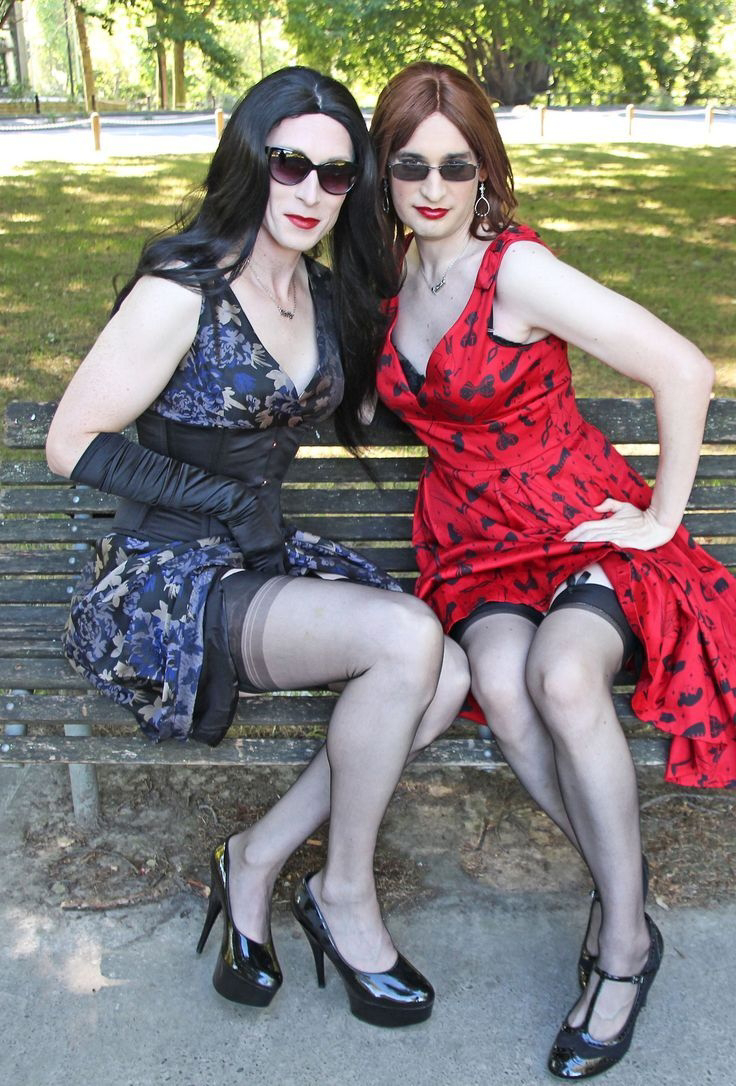Sunday, 28 January 2024
". . . the underlying animistic cultures of Indonesia, like those of many islands in the Pacific, are steeped as well in beliefs often referred to by ethnologists as “ancestor worship,” and some may argue that the ritual reverence paid to one’s long-dead human ancestors (and the assumption of their influence in present life), easily invalidates my assertion that the various “powers” or “spirits” that move through the discourse of indigenous, oral peoples are ultimately tied to nonhuman (but nonetheless sentient) forces in the enveloping landscape. This objection rests upon certain assumptions implicit in Christian civilization, such as the assumption that the “spirits” of dead persons necessarily retain their human form, and that they reside in a domain outside of the physical world to which our senses give us access. However, most indigenous tribal peoples have no such ready recourse to an immaterial realm outside earthly nature. Our strictly human heavens and hells have only recently been abstracted from the sensuous world that surrounds us, from this more-than-human realm that abounds in its own winged intelligences and cloven-hoofed powers. For almost all oral cultures, the enveloping and sensuous earth remains the dwelling place of both the living and the dead. The “body”—whether human or otherwise—is not yet a mechanical object in such cultures, but is a magical entity, the mind’s own sensuous aspect, and at death the body’s decomposition into soil, worms, and dust can only signify the gradual reintegration of one’s ancestors and elders into the living landscape, from which all, too, are born. Each indigenous culture elaborates this recognition of metamorphosis in its own fashion, taking its clues from the particular terrain in which it is situated. Often the invisible atmosphere that animates the visible world—the subtle presence that circulates both within us and between all things—retains within itself the spirit or breath of the dead person until the time when that breath will enter and animate another visible body—a bird, or a deer, or a field of wild grain. Some cultures may burn, or “cremate,” the body in order to more completely return the person, as smoke, to the swirling air, while that which departs as flame is offered to the sun and stars, and that which lingers as ash is fed to the dense earth. Still other cultures may dismember the body, leaving certain parts in precise locations where they will likely be found by condors, or where they will be consumed by mountain lions or by wolves, thus hastening the re-incarnation of that person into a particular animal realm within the landscape. Such examples illustrate simply that death, in tribal cultures, initiates a metamorphosis wherein the person’s presence does not “vanish” from the sensible world (where would it go?) but rather remains as an animating force within the vastness of the landscape, whether subtly, in the wind, or more visibly, in animal form, or even as the eruptive, ever to be appeased, wrath of the volcano. “Ancestor worship,” in its myriad forms, then, is ultimately another mode of attentiveness to nonhuman nature; it signifies not so much an awe or reverence of human powers, but rather a reverence for those forms that awareness takes when it is not in human form, when the familiar human embodiment dies and decays to become part of the encompassing cosmos. This cycling of the human back into the larger world ensures that the other forms of experience that we encounter—whether ants, or willow trees, or clouds—are never absolutely alien to ourselves. Despite the obvious differences in shape, and ability, and style of being, they remain at least distantly familiar, even familial. It is, paradoxically, this perceived kinship or consanguinity that renders the difference, or otherness, so eerily potent."― David Abram, The Spell of the Sensuous: Perception and Language in a More-Than-Human World
-
This summary is not available. Please click here to view the post.



